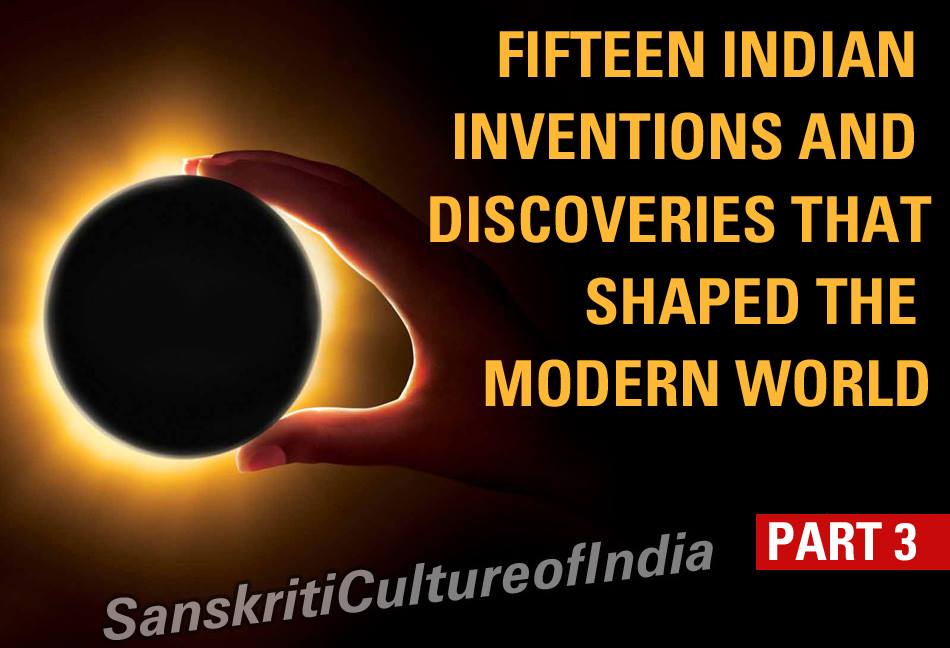In the first two parts of this India Independence Day series, I explained how India shaped our philosophy, gave us modern numerals and instituted pre-Athenian democracy. Before I commence a broader analysis of India in the final articles of this series, this instalment will cover five further notable Indian contributions that were well ahead of their time.
 11. Medicine:
11. Medicine:
From an advanced understanding of the human nervous system, muscles and organs, to the use of vaccination techniques; from an almost infinite collection of naturally sourced drugs to the employment of holistic preventative medicine; and from a focus on fortifying immunity to mastery of the concepts of digestion and metabolism, ancient Indians have shaped the very foundations of modern medicine and healthcare.
“Indian medicine dealt with the whole area of the science. Much attention was devoted to hygiene, to the regimen of the body, and to diet.
Arabic medicine was founded on the translations from the Sanskrit treatise, made by command of the Kaliphs of Baghdad, 750-960 AD. European medicine, down to the 17th Century, was based upon the Arabic; and the name of the Indian physician Charaka repeatedly occurs in the Latin translations.” ~ Sir William Hunter, British Historian.
Contrary to popular misconceptions, many of the herbs and spices used in Indian cuisine were not merely added to preserve or flavour food, but instead to effortless combine preventative medicine with everyday sustenance. According to the timeless Indian system of medicine, Ayurveda, it is actually considered irresponsible and representative of a poor lifestyle to even have to resort to medicine, with preventative natural medicine, i.e. herbs and spices, ingested through daily meals being the preferred option. More than 2,000 years ago, the principal contributor to Ayurveda articulated:
“It is more important to prevent the occurrence of disease than to seek a cure.” ~ Acharya Charaka, the ‘Father of Medicine’.
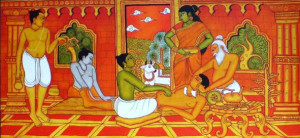 12. Surgery:
12. Surgery:
The concepts, operative methodologies and specialised tools of surgery that were used in India more than 2,000 years ago and first postulated during an even earlier Vedic period, and are still being developed in 21st Century Europe.
From plastic surgery that is similar in technique and approach to its modern manifestations, to highly developed midwifery, and from usage of anaesthesia to the employment of advanced childcare techniques, these much studied ancient Indian skills again form the foundation of much of our modern knowledge of surgery.
Under the Buddhist Emperor Asoka, ancient India also built a vast network of animal hospitals in which specialised veterinary surgery was also common.
“The surgery of the ancient Indian physicians was bold and skilful. A special branch of surgery was dedicated to rhinoplasty or operations for improving deformed ears, noses and forming new ones, which European surgeons have borrowed.” ~ Sir William Hunter.
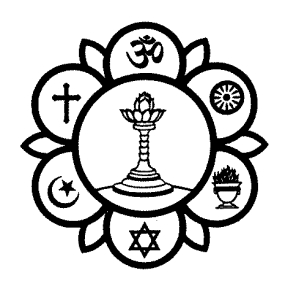 13. Religious Tolerance:
13. Religious Tolerance:
Whilst Buddhism has historically sought to seek converts through peaceful persuasion, and whilst Indian religions do accept conversions to their faith, none of India’s indigenous faiths have a history of forceful conversions, and are instead identified by their pluralistic nature.
“It is an undoubted fact that in India, religions and philosophical thinkers were able to enjoy perfect, nearly absolute freedom for a long period. The freedom of thought in ancient India was so considerable as to find no parallel in the West before the most recent age.” ~ Max Weber, German Sociologist.
Ironically, Hinduism and Buddhism have still succeeded spectacularly in spreading their message from India to vast swathes of the Far East, Indonesia to Japan, and from Thailand to China.
“India conquered and dominated China culturally for 20 centuries without ever having to send a single soldier across her border”. ~ Hu Shih, Philosopher & Former Chinese Ambassador to the United States.
This non-proselytizing disposition is central to the broader religious tolerance that defines Indian culture, as well as the avowedly secular character of modern India (in India, ‘secular’ means tolerant of all religions, as opposed to the European definition of non-religious). The current Prime Minister of a predominantly Hindu nation of 1.2 billion people, for instance, is from the minority Sikh community, which forms only 2% of the population; India’s Chief of the Air Staff is a Christian (2.3%); the three most prominent film stars in India’s iconic film industry – and the revered recent President of India, Professor A.P.J. Abdul Kalam – are all Muslims (14.6%); one of the world’s most prominent businessmen, Ratan Tata, is an Indian Parsi (0.006%).
Historically, India has also been a long-standing refuge for persecuted minorities, with Zoroastrian Iranians (referred to as Parsis) and Jewish communities in particular having fled other parts of the world to make India a home when other major powers pursued systematic campaigns of discrimination and anti-Semitism, if not outright persecution, against them.
“The Bene Israel flourished for 2,400 years in a tolerant land that has never known anti-Semitism, and were successful in all aspects of the socio-economic and cultural life of the people of the region.” ~ Avotaynu (the Jewish genealogical magazine).
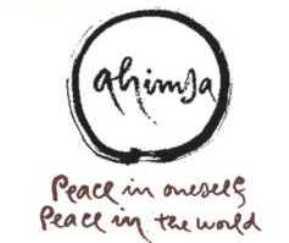 14. Nonviolence:
14. Nonviolence:
More a civilisational contribution than a ‘discovery’, the active promotion of kindness and strict nonviolence as a rudiment of life spans the entirety of India’s known history, from the ancient concepts of ‘Ahimsa’, to Mahatma Gandhi’s policy of ‘Satyagraha’ (insistence on truth). It forms a core of the Hindu, Jain, Buddhist and Sikh traditions, encompasses words as well as physical actions, and extends beyond humans to animals and the environment.
Unlike most great powers, past and present, India is unique in its long-standing history ofnot having precipitated military invasions of foreign territories. This is in spite of India having been the world’s most pre-eminent economic power for the majority of recorded human history.
“India will teach us the tolerance and gentleness of mature mind, understanding spirit and a unifying, pacifying love for all human beings.” ~ Will Durant, American Historian.
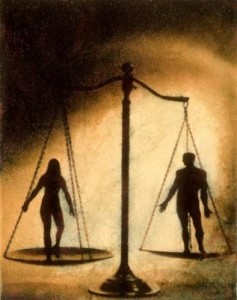 15. Gender Equality:
15. Gender Equality:
Another civilisational contribution, India, by the deplorably low standards of mankind, and of men in particular, yet again set early standards for humanity in the advancement of the rights of women.
Gender equality was a cornerstone of ancient Hindu texts and life, with women possessing joint ownership of property rights with men, and, inconceivably for the time, being allowed to divorce. The ancient institution of ‘Swayamvara’ was a practice whereby a potential bride chose a husband from a congregation of suitors whose aim was to win her over. ‘Swayam’ in Sanskrit means self and ‘vara’ means choice or desire.
The ancient Kama Sutra is a highly evolved (even by today’s standards) guide to harmonious relationships, family life, love, intimacy and gracious co-existence. Contrary to popular Western perceptions of the text being a ‘sex manual’, the Kama Sutra also postulates physical, spiritual and mental equality between both sexes, and is derived from one of the core pillars of Hindu philosophy, ‘kama’, which means enjoyment or passion. It was written during the era of barbarian invasions in Europe, and approximately 1,500 years before similar wisdom became freely acceptable in modern Britain.
My own faith, Sikhism, insists that any person irrespective of age or gender can lead prayer, community activity or even an entire army based on merit alone. Consequently, Guru Harkrishan became the eighth Guru of Sikhism as a five year old child, and many young girls and boys have been known to conduct prayers at Sikh temples.
A number of matriarchal communities, in which descent and inheritance is traced through maternal lineage, have existed in India for thousands of years. Matrilineal communities in modern India include the Nair, Bunt and Khasi communities. Khasi women are still known to marry multiple husbands, which has resulted in a male rights movement amongst Khasi men.
Threats to the relatively advanced rights of women in India initially came during the later Vedic age via texts such as the Smritis, which encouraged misogyny. They were further embedded through the imposition of seclusive policies such as the ‘pardah’ (veil) imposed by the Moghuls, and were additionally entrenched by the imposition of Victorian value systems and policies during colonial rule, which led to a rapid and marked decline in the status of Indian women in the modern era. I have often stated that the re-emergence of 21st Century India will not and cannot be complete by virtue of economic success or scientific prowess alone, but instead through the re-assertion of the primacy of women throughout Indian society, as per the best traditions of a much stifled indigenous culture.
“India of the Vedas entertained a respect for women amounting to worship. Here is a civilization, which places the woman on a level with the man and gives her an equal place in the family and in society.” ~ Louis Jaccoliot, French Author.
~ Abhaey Singh

